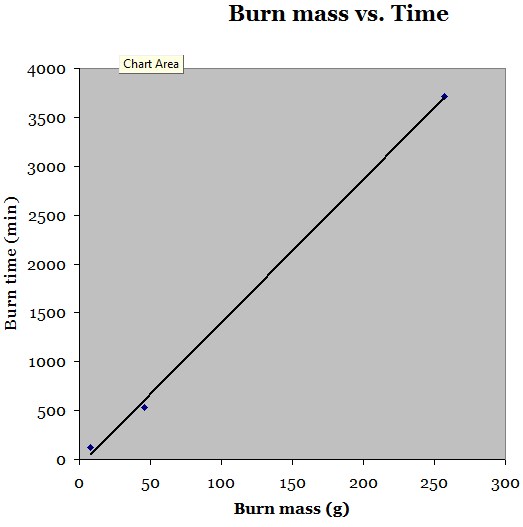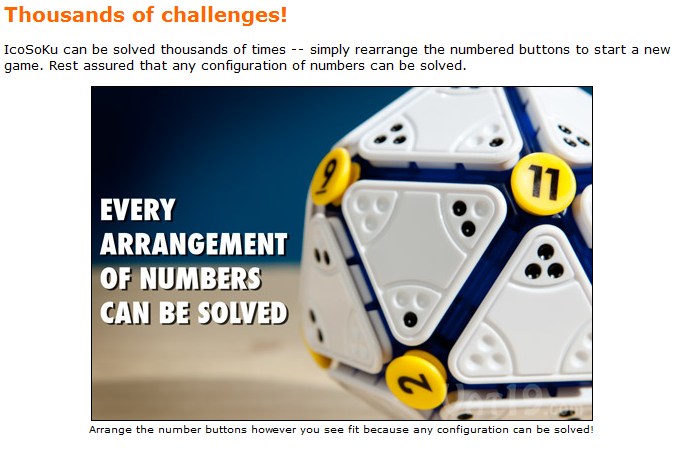The structure of this post comes from Dan Meyer’s Three Acts of A Mathematical Story.
Act 1
Play the teaser video.
Have students write down questions they have about the video. Ask them to be silent during this part so that other student’s questions don’t affect their own. By this point, I’m sure that 95% of them will have the same question: How long does it burn? Ask them to write down their guess to the answer to this question (once again silently). Record their guesses on the board; this tends to buy them into the process. There are reluctant guessers in every class who are afraid of being wrong and this is an important lesson for them to learn.
Act 2
Offer some resources for the students to work on.
All videos used the following stop-motion settings:
Two photos per minute.
Video compiled with 10 frames per second.
Small candle start mass: 13g
Small candle end mass: 5g
Medium candle start mass: 51g
Medium candle end mass: 5g
Large candle start mass: 287g
Large candle end mass: 30g
Using the stop-motion settings students first need to calculate how long the small and medium candles burned, in order to make a linear regression of candle burn mass vs. candle burn time.
Act 3
Answer video:
Have them calculate the final burn time of the large candle. Talk about possible error points (do color, fragrance, or other factors affect burn time?)
Maybe(?) show the following graph:

Extension Questions:
- If I want a candle to burn for 100 hours, how large does it have to be?
- If I have a candle with 3 wicks that has a mass of 150g, how long will it burn?
- (more?)
As always any and all feedback is extremely appreciated by me. Please let me know what you think. I design this stuff in a vacuum and I want to know how to make it better. Thanks, Dan.




